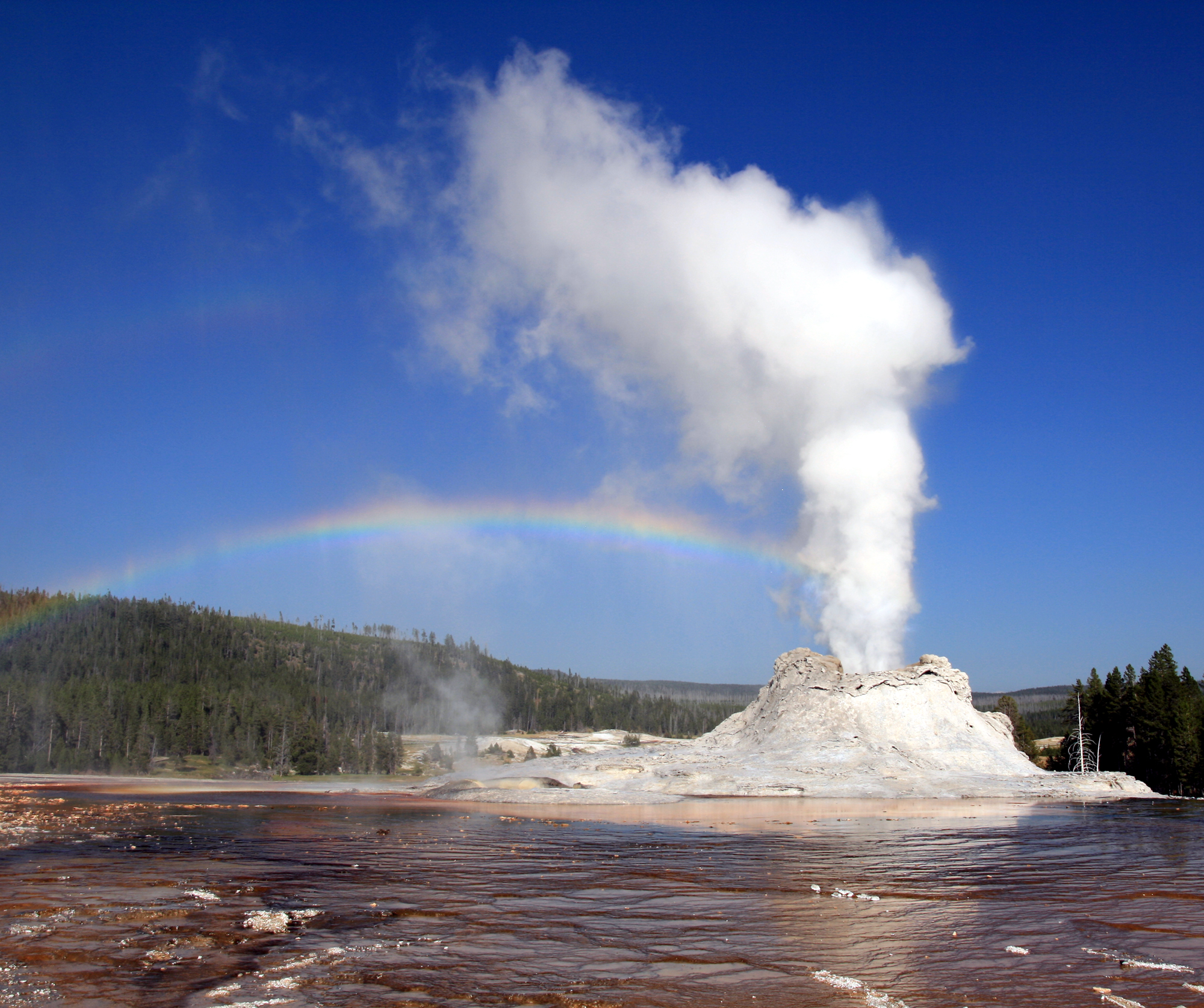Monthly Archives: March 2014
46.WHY IS THE WATER FROM A GEYSER HOT?
Even if a geyser didn’t shoot great streams of water into the air, it would be one of the most interesting marvels of nature. A geyser is really a hot spring, and a hot spring itself is quite amazing. Here is a hole in the ground filled with hot water. Where does the water come from? Why is it hot? And what makes it shoot up into the air if it’s a geyser?
In all geysers, a hole called a tube leads from the surface to underground reservoirs which serve as storage basins for the water. Most of the water comes from rain and snow.
45.WHY DON’T ALL PLACES HAVE THE SAME TIDES?

Have you ever been at a beach where at low tide you have to walk way out in the water just to get in up to your knees? Yet there are some places where you can hardly tell the difference between high and low tide.
The reason for this has nothing to do with the moon. Tides are caused by gravitation. Just as the earth pulls on the moon, so the moon attracts or pulls on the earth, but with much less force. The pull of the moon upon the earth draws the ocean waters nearest to it toward the moon as a broad swell, or wave. This produces high tide.
44.WHY DON’T ALL CLOUDS PRODUCE RAIN?
Have you ever flown through clouds in an aircraft, or perhaps been high up on a mountain where the clouds swirled act about you? Then you must have gained a fairly good idea of what a cloud is: just an accumulation of mist.
As you know, there is always water vapor in the air. During the summer there is more of this vapor in the air because the temperature is higher. When there is so much water vapor in the air that just a small reduction in temperature will make the vapor condense Form tiny droplets of watery, we say the air is saturated.



